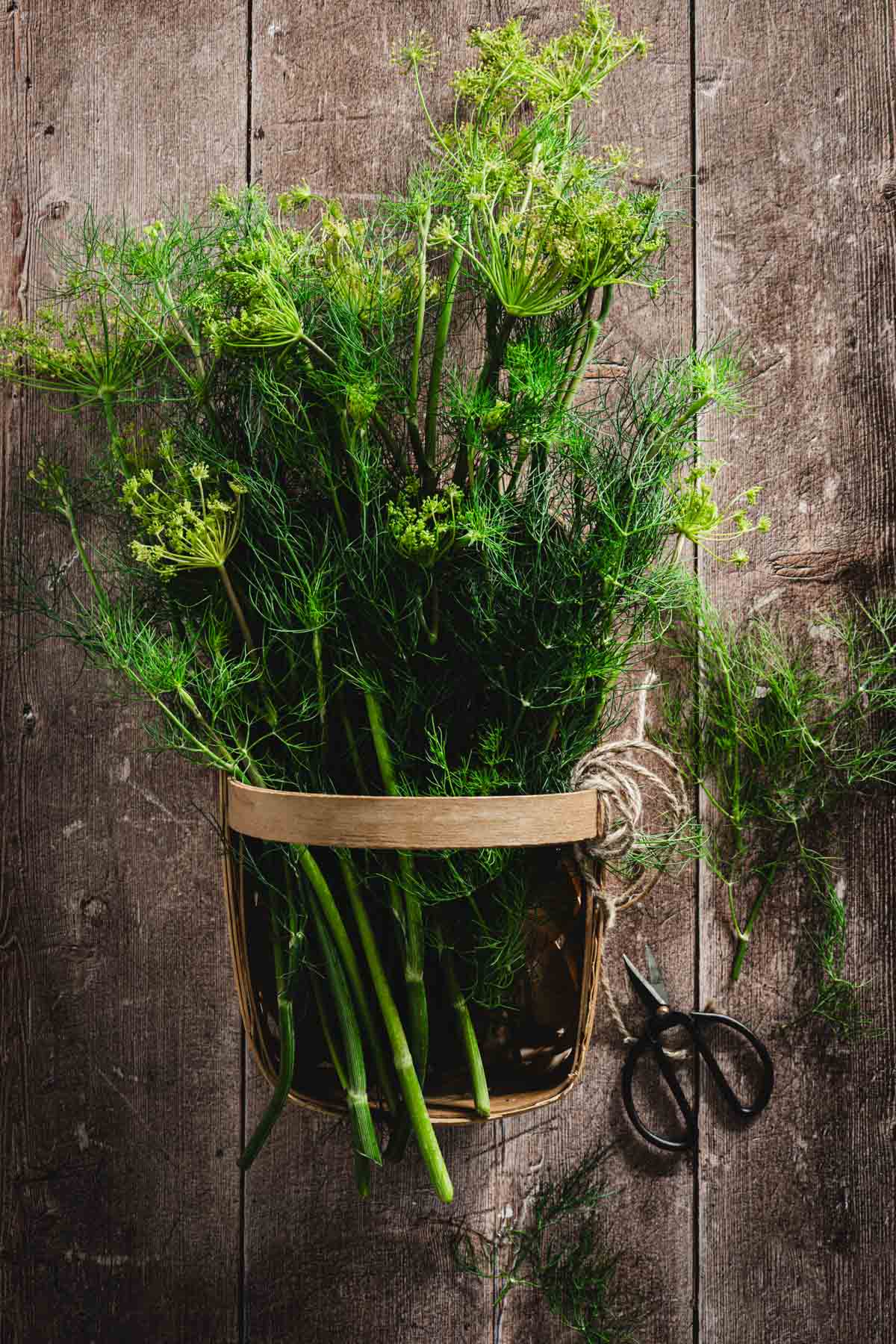Fresh Snow Pea With Feta Salad Recipe
I know you need another great salad recipe in your life. This Snow Pea and Feta Salad is a vibrant, refreshing dish perfect for any occasion.
With its crispy snow fresh peas, juicy cherry tomatoes, and creamy feta, this salad offers a delicious combination of textures and flavors.

This fresh pea salad is ready in under 25 minutes. You will need just a few simple ingredients and minimal prep time.
Enjoy it as a light lunch or a perfect side dish at your next gathering. This salad is equally satisfying and delicious. It delivers a mix of savory, tangy, and fresh flavors in every forkful.

Why You will Love this Snow Pea with Feta Salad
- Bursting with flavor – fresh peas, sweet cherry tomatoes, tangy feta cheese, and zesty red wine vinegar dressing create a perfectly balanced flavor.
- Healthy and nutritious – loaded with fresh vegetables, this salad is rich in vitamins, antioxidants, and fiber, making it a nutritious choice for any meal.
- Versatile – this salad can be served as a light main or a great side dish.
- Customizable – you can quickly adapt this recipe to your taste by adding more veggies (sweet potato), swapping the feta for another cheese (goat cheese), or adding a protein like grilled chicken or chickpeas.
Ingredients, Variations and Substitutions

Snow peas – are tender, crisp, and slightly sweet. Snow peas, or green peas add a refreshing crunch to the salad. Blanching them helps retain their bright green color and crisp texture. Sugar snap peas or thinly sliced green beans can be used as a substitute. For a different texture, try shredded cabbage or thinly sliced bell peppers.
Cherry tomatoes – bring a burst of sweetness and juiciness to the salad, balancing the salty feta and tangy dressing. Choose ripe, firm cherry tomatoes for the best flavor and texture. Halving them makes them easier to eat and helps release their juices into the salad. Grape tomatoes, diced regular tomatoes, or even sun-dried tomatoes (for a more intense flavor) can be used instead.
Cucumber – adds a cool, crisp element to the salad, enhancing its refreshing quality. English cucumbers are ideal due to their thin skin and fewer seeds, but any variety will work. Slicing them thinly ensures they blend well with the other ingredients. Zucchini, thinly sliced radishes, or even jicama can provide a similar crunch with a slightly different flavor profile.
Red onion – adds a sharp, slightly spicy bite, balancing the sweetness of the tomatoes and cucumbers. Thinly slicing the onion helps distribute its flavor without overpowering the other ingredients. Soaking the slices in cold water for a few minutes can mellow the sharpness if desired. Shallots, green onions, or sweet onions can be used for a milder flavor. For a more subtle onion taste, try using chives.


Dill – slightly tangy and sweet with grassy and anise-like notes. It adds a fresh, herbaceous element to the dressing. If you’re not a fan of dill, you can use fresh parsley or tarragon. For a similar anise-like flavor, you can use fennel fronds (the feathery tops of the fennel plant).
Feta cheese – crumbly, tangy, and salty feta cheese adds depth and richness to the salad. Crumble the feta over the salad just before serving to maintain its texture and flavor. Fresh goat cheese or queso fresco can be used for a similar tangy flavor. For a dairy-free option, try crumbled tofu or a vegan feta alternative.
Olive oil – forms the base of the dressing, adding richness and helping to bind the flavors together. Use extra virgin olive oil for the best flavor, as it has a fruitier, more robust taste. Avocado, grapeseed, or a light vegetable oil can be used instead of olive oil. Try walnut, sesame, or dill oil for a different flavor profile.
Red wine vinegar – provides acidity and tang, balancing the feta’s richness and the vegetables’ sweetness. Balsamic vinegar, white wine vinegar, or lemon juice can be alternatives. Apple cider vinegar can also work, but it will slightly alter the flavor.
Salt and Black Pepper – essential seasonings that enhance the natural flavors of the salad ingredients. Season the salad just before serving to keep the vegetables crisp. Try using flavored salts (like garlic or herb-infused) or freshly cracked black pepper for added complexity. A sprinkle of flaky sea salt can also add texture and a burst of flavor.
Equipment Needed
- Medium pot
- Slotted spoon or tongs
- Large and small mixing bowl
- Whisk or fork
- Chef’s Knife
- Cutting board
- Colander or strainer
- Measuring cups and spoons

Top Tips for Making Snow Pea with Feta Salad
Blanch the snow peas in boiling water for about 1-2 minutes until they turn bright green and are tender-crisp.
Taste the creamy dressing before adding it to the salad and adjust the seasoning as needed. If you prefer a tangier dressing, add a bit more vinegar. For a milder taste, increase the olive oil.
Soak the thinly sliced red onion in cold water for 10 minutes to mellow the sharpness.
Crumble the creamy feta cheese yourself rather than buying pre-crumbled feta. Add it just before serving to maintain its texture.
Gently toss the ingredients to ensure the dressing is evenly distributed without breaking up the snow peas or tomatoes.
Fresh herbs like fresh parsley or mint can add flavor, while nuts like toasted and chopped walnuts will add crunch.
Step-by-step instructions
- Bring a medium pot of water to a boil over medium-high heat.
- Add the snow peas and blanch them for 1-2 minutes until they turn bright green and are tender-crisp.
- Use a slotted spoon or tongs to transfer the snow peas to a bowl of ice water (a bowl filled with cold water and ice) to stop the cooking process.
- Let them cool for a few minutes, then drain and pat dry with a kitchen or paper towel.


- While the snow peas are cooling, prepare the other vegetables:
- Halve the cherry tomatoes.
- Slice the cucumber into rounds or half-moons, depending on your preference.
- Thinly slice the red onion. Soak the slices in cold water for 10 minutes to mellow the flavor, then drain.
- Whisk the olive oil and red wine vinegar in a small bowl until well combined. Add fresh dill.


- Season the dressing with salt and pepper to taste. Adjust the acidity or oil content if needed.
- Combine the blanched snow peas, halved cherry tomatoes, sliced cucumber, and thinly sliced red onion in a large mixing bowl.
- Pour the dressing over the salad ingredients and gently toss to coat everything evenly.
- Sprinkle the crumbled creamy feta cheese over the salad.
- Gently toss again, just enough to distribute the feta without breaking up the vegetables.
- Taste the salad and adjust the seasoning with additional salt and pepper if needed.
How to best enjoy this Snow Pea Salad
Serve immediately after being prepared. Enjoy with a slice of crusty bread.
To add complexity, garnish with fresh mint, sunflower seeds, or lemon zest.
To make it a more satisfying meal, pair it with delicious protein, such as grilled chicken, fish, or lamb chops.
A glass of crisp white wine, such as Sauvignon Blanc or Pinot Grigio, can elevate the dining experience. The wine’s acidity pairs well with the salad’s fresh, tangy flavors.
If you enjoy a balance of sweet and savory, consider adding a handful of fresh berries like strawberries or blueberries. They add sweetness and color, making the salad even more delightful.

You may also like:
Storage instructions
Refrigeration:
- Place the salad in an airtight container and refrigerate it. Keep the dressing separate from the salad to prevent the vegetables from becoming soggy.
- Store the dressing in a small jar or container with a tight-fitting lid. Shake or stir it before using it again, as the oil and vinegar may separate.
- This salad is best enjoyed cold or at room temperature. Simply take it out of the fridge about 15-20 minutes before serving to take the chill off, if desired
- Toss it with the dressing just before serving. This will ensure the vegetables stay crisp and fresh
- If the salad has been in the fridge for a day or so and needs a little lift, you can refresh it by adding a squeeze of lemon juice, a drizzle of fresh olive oil, or a sprinkle of fresh herbs before serving
Shelf Life:
- The undressed salad will keep well in the refrigerator for up to 2 days.
- If the salad is already dressed, it’s best consumed within 24 hours to maintain the freshness and texture of the ingredients.


Fresh Snow Pea With Feta Salad Recipe
Equipment
- slotted spoon
- large mixing bowl
- small bowl
- Whisk or fork
- Chef's knife and cutting board
- Colander or strainer
- measuring cups and spoons
Ingredients
- 2 cups snow peas blanched
- 1 cup cherry tomatoes halved
- 1 cucumber sliced
- 1/2 red onion thinly sliced
- 1/2 cup feta cheese crumbled
- 3 tablespoons olive oil
- 2 tablespoons red wine vinegar
- Salt and pepper to taste
- 1 tbsp fresh dill
Instructions
- Bring a medium pot of water to a boil over medium-high heat.
- Add the snow peas and blanch them for 1-2 minutes until they turn bright green and are tender-crisp.
- Use a slotted spoon or tongs to transfer the snow peas to a bowl of ice water (a bowl filled with cold water and ice) to stop the cooking process.
- Let them cool for a few minutes, then drain and pat dry with a kitchen or paper towel.
- While the snow peas are cooling, prepare the other vegetables: halve the cherry tomatoes; slice the cucumbers into rounds or half-moons.
- Thinly slice the red onion. Soak the slices in cold water for 10 minutes to mellow the flavor, then drain.
- Whisk the olive oil and red wine vinegar together in a small bowl until well combined. Add fresh dill.
- Season the dressing with salt and pepper to taste. Adjust the acidity or oil content if needed.
- Combine the blanched snow peas, halved cherry tomatoes, sliced cucumber, and thinly sliced red onion in a large mixing bowl.
- Pour the dressing over the salad ingredients and gently toss to coat everything evenly.
- Sprinkle the crumbled creamy feta cheese over the salad.
- Gently toss again, just enough to distribute the feta without breaking up the vegetables.
- Taste the salad and adjust the seasoning with additional salt and pepper if needed.
Notes
Nutrition
Did you make this recipe?
Tag me @sylwiavaclavekphotography or tag me using #myomnikitchen so I can see your creations! You can also leave a comment below!


Conclusion
Are you on the way to the farmers market to shop? In no time, you will be enjoying delicious food.
Made with seasonal ingredients, this snow pea salad celebrates the best of fresh produce, making it a perfect dish for those warmer months.
The tangy feta cheese and the zesty red wine vinegar dressing perfectly complement the sweetness of the peas. The olive oil and red wine vinegar dressing is light and refreshing, making this salad a great option for those who prefer a lighter, healthier dressing.
FAQ’s about Snow Pea with Feta Salad
Can I use sugar snap peas instead of snow peas?
Yes, you can substitute sugar snap peas for snow peas. They have a slightly sweeter taste and a bit more crunch, but they will work well in this salad.
Do I have to blanch the snow peas?
Blanching is recommended to enhance the color and texture of the snow peas. However, you can skip the blanching step if you prefer a raw, extra-crunchy texture.
Can I make this salad ahead of time?
You can prepare the salad ingredients in advance, but it’s best to keep the dressing separate until you’re ready to serve. This will keep the salad fresh and prevent the vegetables from becoming soggy.
What can I use instead of feta cheese?
If you’re not a fan of feta, you can substitute goat cheese, ricotta salata, or even crumbled blue cheese. Each option will add its unique flavor to the salad.
How long will this salad keep in the fridge?
If undressed, the salad will keep well in the fridge for up to 2 days. Once dressed, it’s best consumed within 24 hours for optimal freshness.
Can I add protein to this salad?
Absolutely! Grilled chicken, shrimp, or chickpeas are great additions to make the salad more filling.
What’s the best way to slice the snow peas for this salad?
For a finer presentation, you can leave the snow peas whole for a more rustic look or slice them diagonally into thin strips.
Can I add other vegetables to this salad?
Yes, feel free to add other vegetables, such as bell peppers, radishes, or avocados, to enhance the flavor and texture of the salad.
What kind of vinegar can I use instead of red wine vinegar?
You can substitute red wine vinegar with balsamic vinegar, white wine vinegar, or even lemon juice for a different tangy flavor.
Is this salad gluten-free?
Yes, this salad is naturally gluten-free, making it an excellent option for those with gluten sensitivities.









This salad is just delicious. Crispy peas, tender tomatoes, tangy feta, YUM. Definitely will make it again